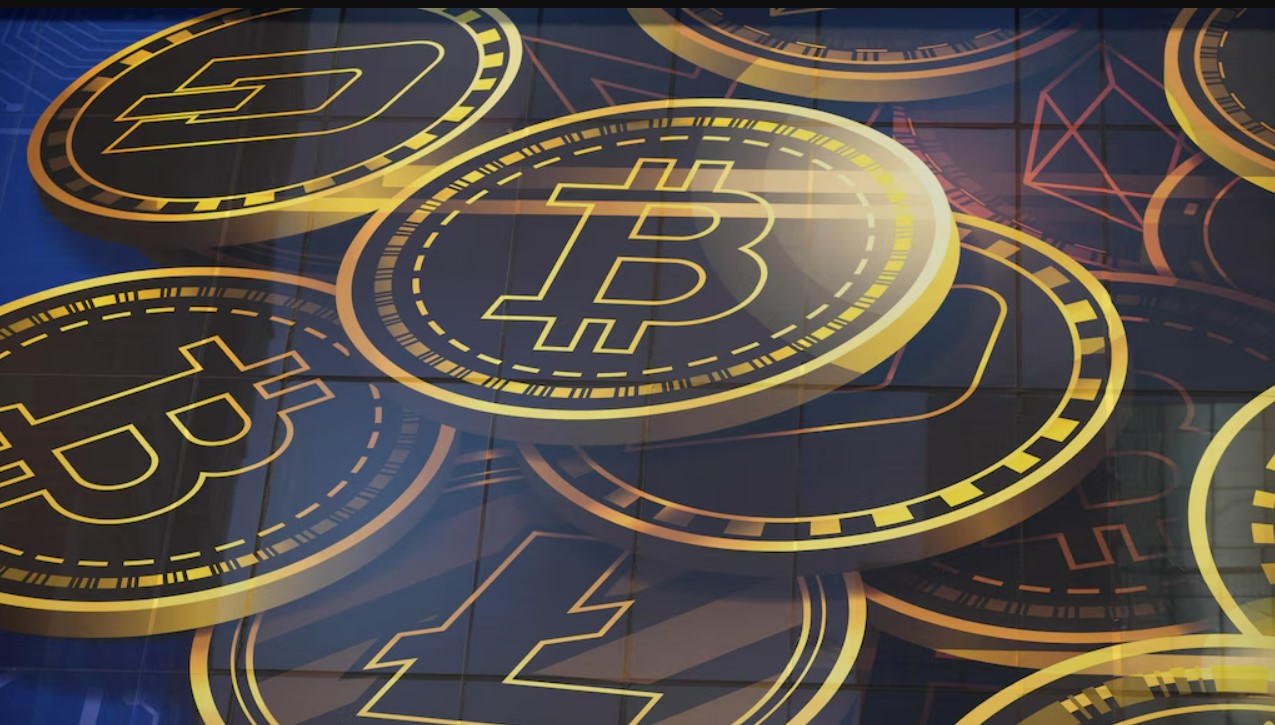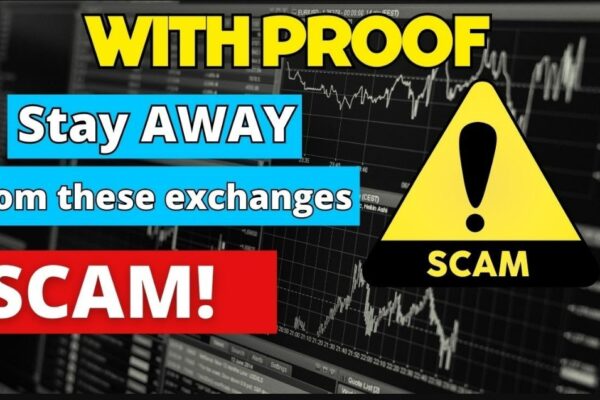Swiftvest99.com Review -Breaking Down Investors Risks
Initial Investigation and Critical Risk Assessment
In the fast-paced, digital world of online trading and investment, a constant stream of new platforms vying for your capital can make it difficult to discern legitimate opportunities from dangerous pitfalls. One name that has recently drawn significant scrutiny across the global financial landscape is Swiftvest99.com. This in-depth analysis delves into the critical details surrounding this entity, aiming to provide a clear, comprehensive, and objective perspective for any investor considering placing their funds with the company. The findings, as detailed below, strongly suggest a high-risk environment that demands extreme caution.
The digital storefront of Swiftvest99, at first glance, might appear professional, echoing the polished interfaces of countless legitimate brokerage operations. They may present a sophisticated suite of services, promise access to a diverse range of assets—from traditional stocks and currencies to the ever-popular realm of digital currency—and offer tempting returns that are difficult for an investor to ignore. However, experienced financial observers know that appearances can be deceiving, and the true measure of a financial institution lies not in its website design or its marketing claims, but in its foundational structure, transparency, and, most importantly, its regulatory oversight.
The investigative spotlight quickly reveals deep-seated concerns regarding Swiftvest99’s operational integrity. The central and most alarming issue is the utter lack of credible, top-tier financial regulation. This is not a minor oversight; it is the cornerstone of consumer protection in the global financial market.
The Regulatory Black Hole: A Definitive Red Flag
When an investment firm or broker is regulated by a top-tier financial authority—such as those operating in major jurisdictions like North America, Europe, or Australia—it means they adhere to stringent capital requirements, undergo regular audits, segregate client funds from company operational funds, and operate under a strict code of conduct designed to protect the client. Furthermore, these regulators provide a critical avenue for dispute resolution and may even offer investor compensation schemes should the firm fail.
Swiftvest99.com, by all credible accounts, exists in a regulatory black hole. It either operates entirely without oversight or claims a low-tier, offshore registration that offers virtually no meaningful protection to international investors. This absence of a robust regulatory framework is the single most compelling reason why financial safety experts universally advise against engagement. It transforms the investment landscape from a calculated risk into a gamble where the odds are fundamentally stacked against the client. Without oversight, the firm is free to operate with impunity, potentially engaging in questionable practices without fear of disciplinary action from a recognized and powerful authority.
The Problem of the ‘Clone Firm’ Designation
Adding another layer of severe concern to the Swiftvest99 narrative is the official warning issued by at least one prominent regulatory body. This warning explicitly designates Swiftvest99.com as a “clone firm.” This sophisticated form of fraud is becoming increasingly common and notoriously difficult to spot for the casual investor.
A clone firm operates by illicitly appropriating the identity details—such as the name, address, or registration number—of a genuinely authorized and legitimate financial services company. They use these stolen credentials to create a deceptive veneer of credibility. The goal is to trick prospective clients into believing they are dealing with the real, regulated company. The legitimate company has no connection to the clone, which operates entirely fraudulently.
This is a critical distinction: investors are not just dealing with an unregulated firm; they are potentially interacting with a deliberate, calculated deception designed to impersonate a trusted entity. The fraudsters behind the clone website harvest deposits, which are then routed into unauthorized accounts, never reaching a legitimate investment vehicle. The moment a firm is officially flagged as a clone, any interaction with it should cease immediately, as the risk of catastrophic loss is deemed virtually absolute.
Analysis of the Investment Promise: Too Good to Be True
Beyond the regulatory failings, the typical marketing and operational tactics employed by high-risk, unverified platforms like Swiftvest99 often exhibit classic scam warning signs. These are tactics that should set off alarm bells for any experienced or cautious investor:
Unrealistic Returns and Guaranteed Profits: Legitimate investment carries inherent risk. Any platform that consistently promises high, fixed, or “guaranteed” returns—particularly in volatile markets like cryptocurrency or emerging tech—is highly suspect. These promises are a lure, designed to bypass rational risk assessment. If an investment opportunity truly offered astronomical, low-risk profits, the firm’s operators would not need to chase retail investors; they would have all the capital they could ever need from institutional sources.
Aggressive Sales and Pressure Tactics: A high-pressure sales environment is a near-universal hallmark of investment fraud. This often involves relentless cold calls, persistent emails, or high-stakes pitches insisting that an investor must commit large sums immediately to “lock in” a fleeting opportunity. They create a false sense of urgency to prevent the investor from doing their necessary due diligence, like checking regulatory registers or seeking independent financial counsel. Legitimate, regulated firms respect an investor’s time and right to make considered decisions.
Obfuscation and Opacity: When scrutinized, high-risk platforms often struggle to provide clear, verifiable information about how profits are generated. Their investment strategies are vague, described using confusing jargon, or touted as “proprietary secrets” that cannot be disclosed. This lack of transparency is deliberate, serving to mask the fact that in many such cases, no actual trading or legitimate investment activity is taking place.
The Client Experience Warning Signs: When Withdrawals Stop
For many individuals who have dealt with platforms exhibiting the same profile as Swiftvest99, the moment of truth often arrives when they attempt to withdraw their profits or even their initial capital. The inability to retrieve funds is one of the most common complaints associated with suspected financial scams.
The platform may initially allow small, early withdrawals to build a false sense of security, encouraging the client to invest a larger amount. However, once a substantial deposit is made, the withdrawal process suddenly becomes a labyrinth of insurmountable obstacles. These obstacles often include:
- Sudden, Unforeseen Fees: The client is informed that a massive “tax,” “commission,” or “regulatory fee” must be paid upfront before the withdrawal can be processed. This is a classic tactic to extract a final payment from the victim.
- Account Freezing: The client’s account may be abruptly frozen or suspended, with the platform claiming vague security breaches, technical issues, or the need for more verification documents that are impossibly difficult to provide.
- Customer Service Disappearance: Communication channels that were once open and prompt suddenly go silent. Account managers stop returning calls, and support emails are met with automated or generic, unhelpful responses.
This pattern—easy deposits, impossible withdrawals—is a definitive indicator that the entity is not a genuine financial service but a mechanism for unauthorized capital collection.
Beyond Swiftvest99: A Guide to Recognizing a Financial Red Flag
To safeguard personal wealth, investors must adopt a mindset of extreme skepticism when approached by any new online investment opportunity. The risk profile associated with Swiftvest99 is, unfortunately, a template for countless other fraudulent operations. Here is a general framework for recognizing similar high-risk entities:
1. Scrutinize Regulatory Credentials: Always verify an investment firm’s regulation directly with the official regulatory body of their stated jurisdiction. Do not rely on logos or claims on the firm’s website. Cross-reference the firm’s registration number, address, and contact details with the regulator’s public register. A firm that is only registered in a low-transparency, offshore location (like some remote islands or small nations with lax oversight) or is completely unregistered should be avoided entirely.
2. Evaluate the Investment Proposition: If the marketing material stresses high returns and minimal risk, it is a fraud warning. Legitimate investment professionals educate clients on the trade-off between risk and reward. If the opportunity sounds too good to be true—promising to double money in a short time with no market volatility—it is a critical red flag.
3. Analyze Communication Methods: Be wary of unsolicited contact, whether via phone, email, or social media. Legitimate, reputable brokerage firms do not typically cold-call or mass-message the public with high-pressure sales pitches. Watch out for pressure to act quickly or to use exotic payment methods like digital currency transfers to unverifiable wallets.
4. Check Website and Documentation Quality: While many clone sites look professional, look closely for poor grammar, typos, broken links, or generic, low-quality legal documents. Furthermore, examine the domain age—many scam sites are only a few months old, an indication of a short-term operation.
5. Demand Transparency on Fund Segregation: A legitimate, regulated broker is legally required to hold client funds in separate, segregated bank accounts, distinct from the company’s operational capital. This ensures that if the company encounters financial difficulty, the client’s money is safe. If a firm cannot clearly and convincingly explain its fund segregation policy, it is a major concern.
Final Verdict on Swiftvest99.com
The evidence pointing toward a high-risk or outright fraudulent operation in the case of Swiftvest99.com is overwhelming. The severe regulatory deficiency, the official designation as a clone firm by a major financial regulator, and the alignment with common investment scam tactics paint a clear picture. For any investor, the decision must be based on security, transparency, and verifiable legitimacy. When a platform fails the most basic safety checks—credible regulation and a verifiable identity—the prudent course of action is to steer clear. The risk associated with engagement on a platform like this is not just about potential loss, but the near-certainty of financial damage. Prioritizing due diligence and regulation over enticing but baseless promises remains the only true safeguard in the modern investment landscape.
Report Swiftvest99.com Scam and Recover Your Funds
If you have lost money to Swiftvest99.com Scam, it’s important to take action immediately. Report the scam to Jayen-consulting.com, a trusted platform that assists victims in recovering their stolen funds. The sooner you act, the better your chances of reclaiming your money and holding these fraudsters accountable.
Scam brokers like Swiftvest99.com continue to target unsuspecting investors. Stay informed, avoid unregulated platforms, and report scams to protect yourself and others from financial fraud.
Stay smart. Stay safe.






